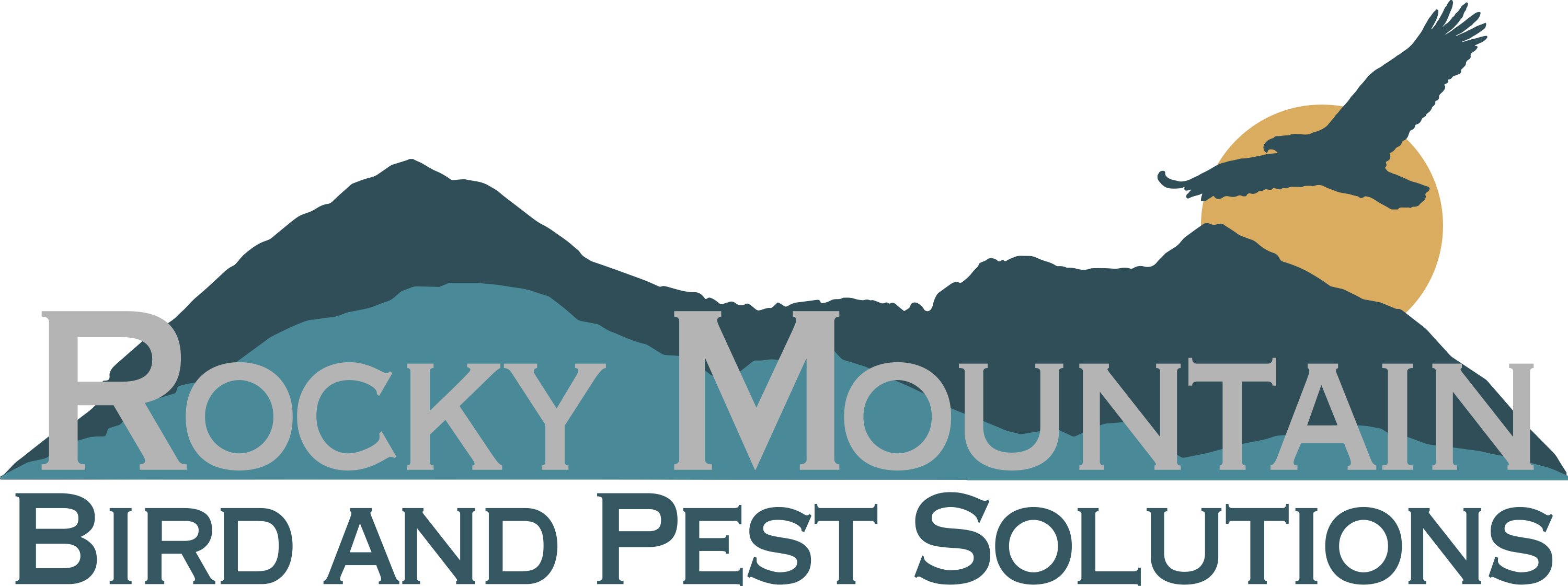Isoptera
TERMITE
FACTS AND IDENTIFICATION
Scientific Name

Termites are social insects. They are known as “silent Destroyers” because they chew wood and flooring undetected. There are over 2,000 termite species in the world, and about 50 are found in North America. Termites cause more than $5 million in property damage. Termites are not known to spread disease but humans can suffer allergic reactions due to a termite infestation.
Identification and Appearance – What do termites look like?
Termites range from white to light brown in color. They have soft bodies that are long, narrow, and oval in shape. Their waist is longer than an ants waist. Termites have six legs, four wings that are all the same size, and two straight antennae. Termites loose their wings after swarming out of their nest. Worker and solder termites do not have wings or eyes. They are generally 1/8 to 1/2 of an inch long. The King and Queen termites are around 1 inch long.
Habitat and Habits of termites
Termites live in colonies with different castes. Their colonies range in size from a few hundred individuals to millions. The castes are divided into kings and queens (alates), workers, and solders. Kings and queens are responsible for reproducing. Workers are responsible for constructing tunnels and chambers as well as feeding and grooming other termite castes. Soldiers are responsible for defending the colony. Workers and soldiers live between 1 and 2 years.Termite queens can live more than 20 years.
There are 50 species of termites that live in North America. These species are divided into three main types: the subterranean termites, drywood termites, and the dampwood termites.
Subterranean termites live in soil and build the largest nests of any insect in the U.S. The nests are connected by mud tubes to food sources, such as trees, fence posts, and houses. Subterranean termites are responsible for the majority of termite damage.
Drywood termites live in wood, such as dead trees, structural timber, and hardwood floors. Drywood termites do not need to have contact with soil. These termites can cause significant damage to homes, however their colonies are smaller and typically damage homes at a slower rate than subterranean termites.
Dampwood termites live in wood with a high moisture content. Most dampwood termites do not need to have contact with soil. These termites are rarely found in man-made structures or homes since the wood in these structures is typically not moist.
When colonies reach a certain size and weather conditions become optimal for flight, alates (the reproducers) will leave the nest. This is called swarming and generally happens once a year. Subterranean termites swarm in spring, drywood termites swarm in late summer or early fall, and dampwood termites swarm in the summer.
Diet – What do termites eat?
Termites are detritivores. They consume dead plants at any level of decomposition. Termites eat wood, dead plant materials, leaf litter, soil, and animal waste. In order to breakdown and digest their food, termites have symbiotic protozoa and bacteria living in their gut.
Termite Control – How to get rid of termites?
Fortunately, it takes years for termites to do significant damage to a home. When an exterminator comes to your home, he will first verify that termites are the culprit. If the exterminator finds conclusive signs of termites, he may use one or more of three treatment methods: baits, repellents, or termaticides. Currently we do not offer termite extermination but will in the future.
